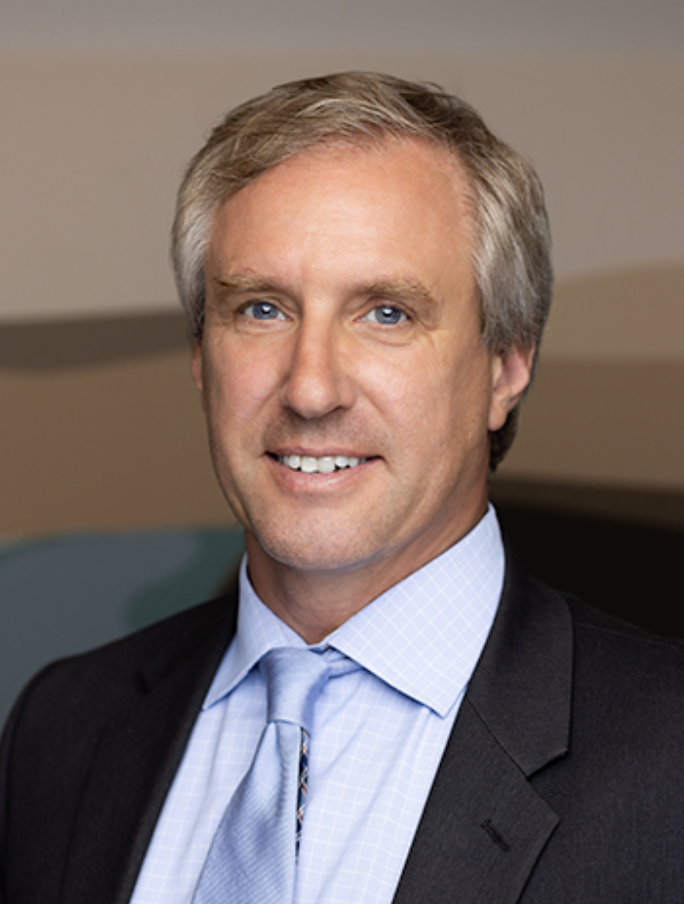California Energy Commission Chair David Hochschild delivered the keynote address for Stanford’s second annual Climate Week.
Hochschild’s speech, which opened Climate Week on Oct. 20, emphasized that California’s shift to clean energy is accelerating at an unprecedented pace.
“The law that Governor Newsom signed requires us to reach 90% clean energy by 2035 and 100% by 2045. We are absolutely on a path to do just that,” Hochschild said. “Last year, 96% of new additions to the US electric grid were clean energy, and 96% of retirements were fossil fuel based.”
A major driver of this rapid transition is battery storage. Hochschild noted that since the beginning of the Newsom administration, California has increased its annual battery storage additions from 771 MW per year to 15,763 MW per year. As a result, the state has added a total of 30.2 GW of new clean energy capacity since 2019 — a staggering 1,944% increase.
“I worked in the battery industry, so I knew that there was a lot of deployment going on in California, but I had no idea how much it’s accelerated since Governor Newsom took office,” Graham Griffin ’26 said.
Even existing wind farms are getting upgrades. Older turbines are being replaced with larger, more efficient models. At the Vasco wind farm in Alameda County, energy production tripled while avian mortality decreased by 70%.
California’s clean energy transition extends to transportation as well. As Hochschild highlighted in his remarks, electric vehicle (EV) adoption jumped from 7.5% of new vehicle sales in 2019 to 29.1% in 2025, following Governor Newsom’s 2020 mandate that all new vehicles be zero-emission by 2035. He also noted that about 2.5 million EVs are now on California roads, with around 1,500 new EVs added daily, and that the state has over 200,000 public charging plugs and 800,000 privately owned chargers — far outnumbering the state’s 120,000 gasoline nozzles.
Innovations like Voltpost’s streetside chargers, which clamp onto existing light posts without connecting to the grid, are further expanding charging access.
Semitrucks and other heavy-duty vehicles are now also being powered by electricity. Eddie Chen ’28 said he was struck by the scope of electrification.
“Chair Hochschild showed pictures of [electric] tractors, buses, trucks and cars,” Chen said. “All these different vehicles and transportation — if we can electrify all of that, a very large portion of emissions can be reduced.”
Despite critics who claim aggressive decarbonization and electrification could harm California’s economy, Hochschild noted that the state has continued to grow remarkably, moving from the 10th largest economy in the world in 2012 to the fourth largest today, surpassing Russia, Brazil, Italy, France, the UK and Japan.
Holmes Hummel, Managing Director for Just Energy Transitions at the Precourt Institute of Technology, called Hochschild’s address at Climate Week “a tour de force of rapid energy transitions throughout the state in practically every category.”

